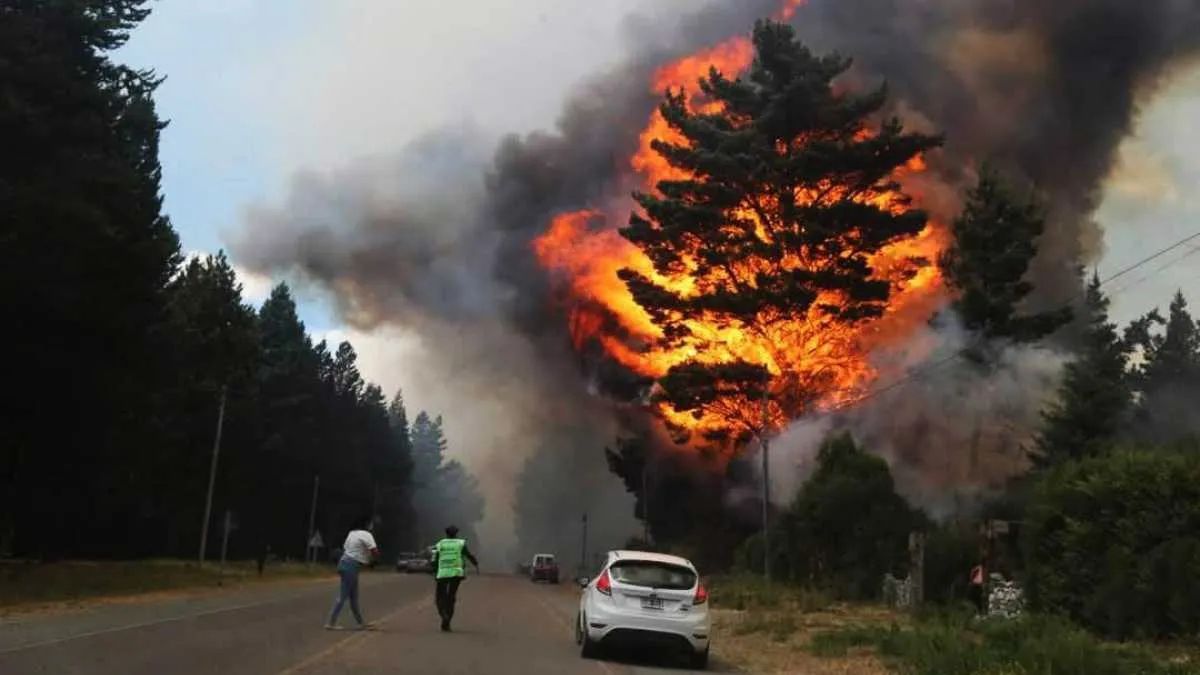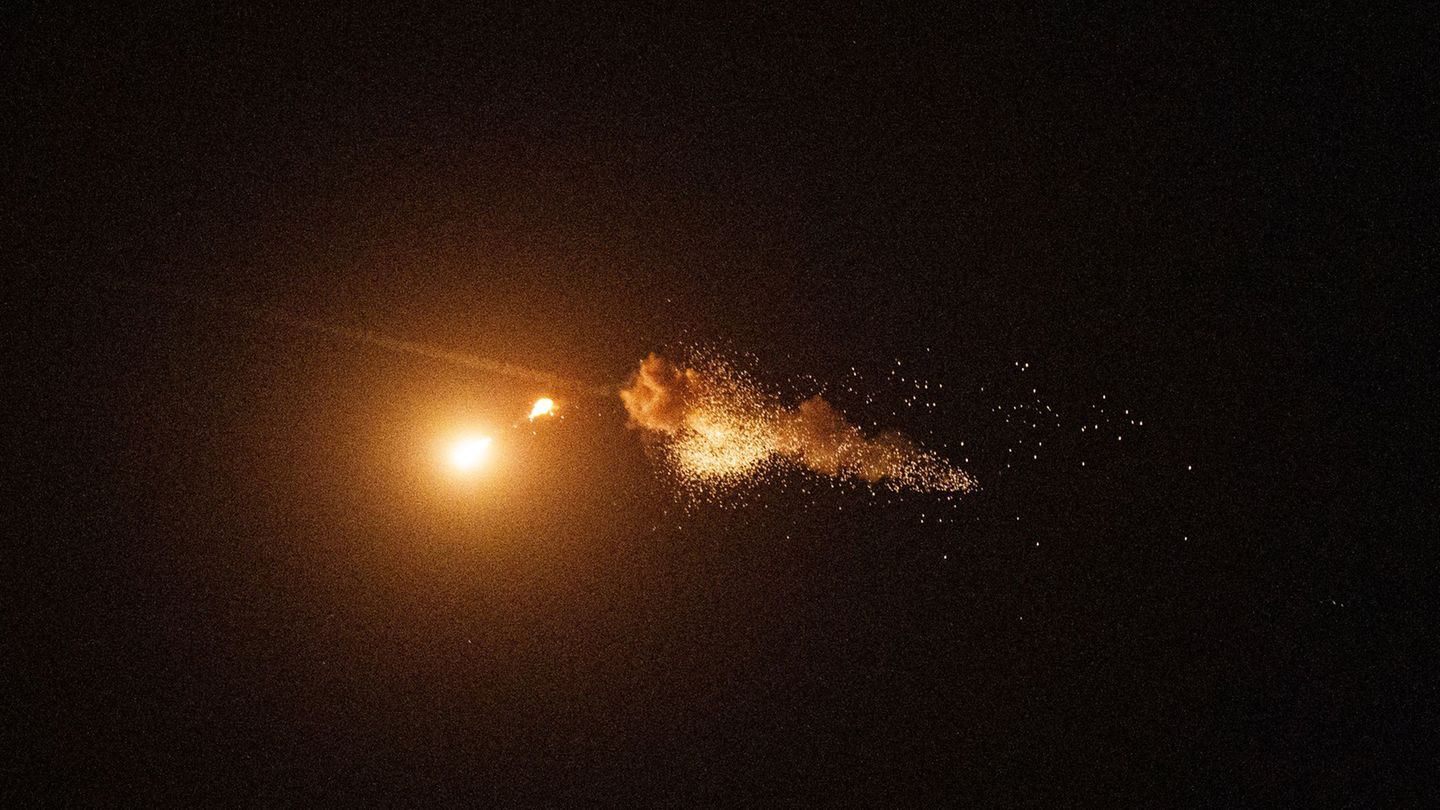Today, August 18, the International Day for the Prevention of Forest Fire, A date that seeks to raise awareness about its causes, consequences and the importance of prevention. In Argentina, the 2024-2025 season left more than 200,000 hectares affected in different regions, although community prevention and strengthening initiatives also grow.
A necessary balance on a special date
The commemoration of August 18 invites not only to recognize the effort of brigades of different jurisdictions and volunteer firefighters that fight the fire, but also to reflect on the structural changes that the country needs to face this growing problem.
In recent decades forest fires have changed their behavior, frequency and recurrence, significantly increasing environmental, social and economic impacts at global and regional level. Particularly during the last season, in Argentina, great magnitude fires were developed that razed areas of great socio -environmental value, in the Nahuel Huel Huapi and Lanín national parks, in the Epuyén, El Bolsón and in the province of Corrientes, among others. Extreme climatic conditions, added to the pressure on soil uses, configured a high vulnerability scenario.
Climate change and soil use
Prolonged droughts, record temperatures, low humidity and strong winds have enhanced the spread of fire in recent years. However, the causes are not limited to the climate: they are also linked to the low territorial planning, the advance of the agricultural border and the urbanization without ordering, which increase the risks in interface areas.
Integral and sustainable planning of land use is key: It implies integrating social, economic and environmental aspects with a risk management approach. Ordering the territory not only optimizes development, but prevents conflicts and reduces vulnerability, not only in the face of forest fires, but also before other events such as floods, soil erosion and environmental degradation.
Socio -environmental and economic impacts
Forest fires generate losses that go far beyond the burned surface. Complete ecosystems are degraded, fauna and flora suffer irreversible damage and local communities face health risks, economic losses and deterioration in the quality of life.
In economic terms, the cost of emergency – human resources, equipment, logistics and rehabilitation of areas – represents millions of dollars each season, funds that could be used for prevention and restoration if there is a stronger and sustained planning.
Prevention, prediction and awareness
Prevention is the most effective tool to reduce the impact of fires. In this sense, Argentina has key tools such as the Forest Fire Meteorological Index (FWI), calculated daily by the National Fire Management Service (SNMF), under the orbit of the Federal Emergency Agency. This index allows estimating the level of ignition and propagation risk of fire in different regions of the country, generating alerts that are fundamental for provincial and municipal governments to assemble preventive measures.
From these forecasts, preventive measures such as the opening of firewalls are designed, the development of community contingency plans, the burns prescribed under technical supervision, and the planning of the presence of brigades in critical areas. Likewise, the information is complemented with early alert systems and risk maps that facilitate rapid and effective decision making.
Citizen awareness also plays a central role: more than 90% of fires are caused by human activities, often negligent, such as poorly turned off, agricultural burnings without control or garbage thrown into forest areas. Therefore, environmental education in schools, training to rural communities and mass communication campaigns are indispensable pillars.
Training and role of the Brigadistas
Brigadistas, firefighters and technical teams are the first line of defense against fire. However, their tasks are usually little visible and with limited resources. Strengthening training, providing better working conditions and socially recognizing the value of your work is essential to guarantee an effective response.
The professionalization of the fire fight must be accompanied by a sustained investment in science and technology, which allows improving prediction, monitoring and planning of operations.
A structural challenge, but also an opportunity
While the current panorama is complex, the International Day for the Prevention of Forest Fire is also an opportunity to strengthen hope. More and more municipalities incorporate risk management plans, the networks of forest brigades grow in the different jurisdictions, the forest specialty within the voluntary firefighters systems, and the communities show a growing commitment to prevention.
The challenge is to articulate efforts between the State, social organizations, universities and the private sector, to build safer, resilient and conscious territories. Because, although fire is a constant threat, prevention, planning and education are powerful tools to convert vulnerability into resilience and risk into collective learning.
Key figures on forest fires in Argentina
- Affected surface in the 2024-2025 season: more than 200,000 hectares (Ministry of Environment of the Nation).
- More impacted areas: Nahuel Huapi National Park (10,300 ha), Lanín (7,000 ha), Epuyén (3,500 ha), El Bolsón (3,000 ha), Corrientes (25,000 ha approx.).
- 2024 Budget for the Fire Management Law (Law 26,815): $ 7,150 million, with a partial execution of 65% (National Budget, Ministry of Economy).
- Budget 2025 assigned: $ 9.2 billion, still subject to execution.
- More than 90% of fires have human origin, according to the National Fire Management Service (SNMF).
Source: Ambito
David William is a talented author who has made a name for himself in the world of writing. He is a professional author who writes on a wide range of topics, from general interest to opinion news. David is currently working as a writer at 24 hours worlds where he brings his unique perspective and in-depth research to his articles, making them both informative and engaging.




